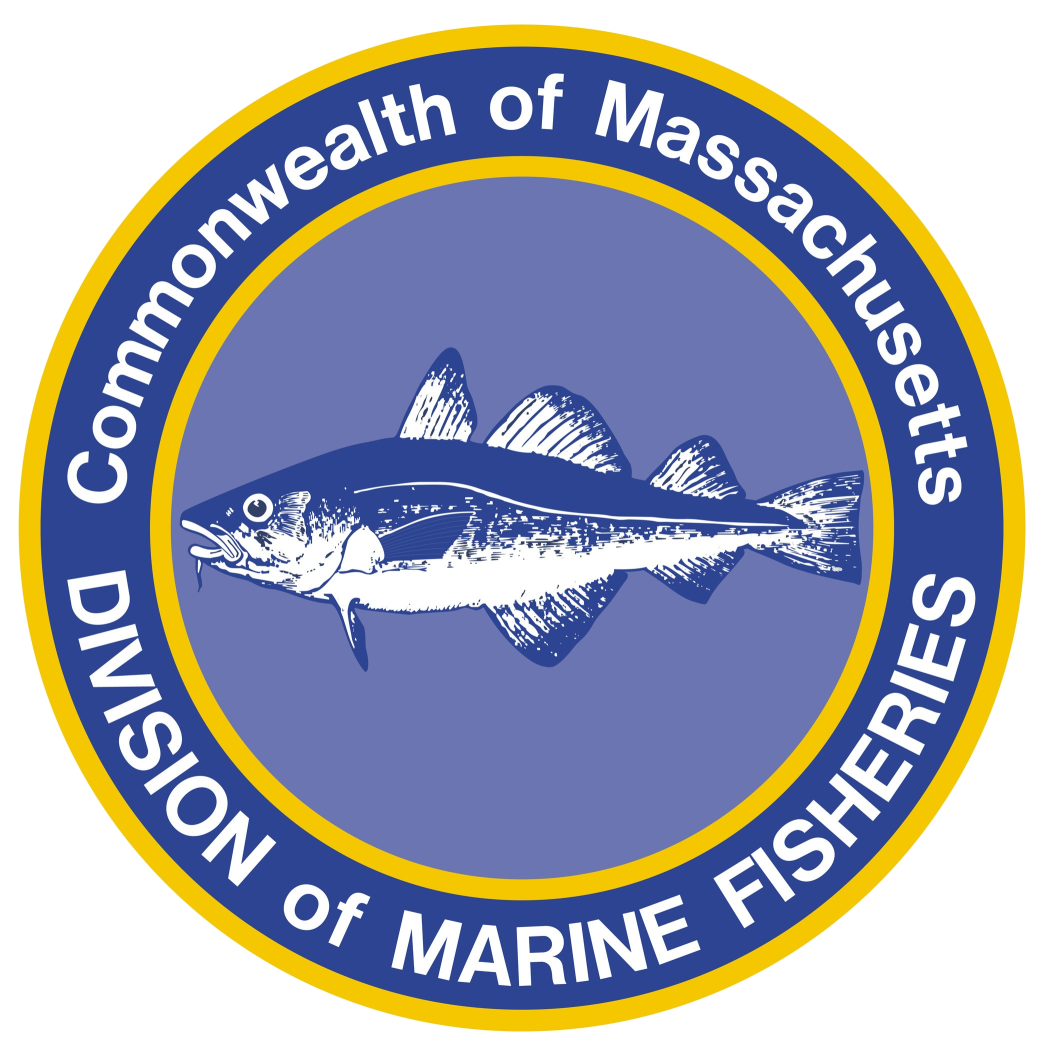- Division of Marine Fisheries
In recent years, scientists and conservationists have called for the broad-scale use of ropeless fishing systems to prevent entanglement of the endangered North Atlantic right whale. As the population has continued to decline, those calls have gotten louder. The most recent population estimate for right whales is 366 individuals—much lower than anticipated—and the majority of right whale serious injury and mortalities are still caused by entanglement in fishing gear and ship strikes. While ropeless fishing may be beneficial to right whales as a way to reduce entanglements, legitimate concerns remain about the feasibility and cost of ropeless gear, along with technological, legal, and regulatory issues.
Marine industries and the military have used devices to retrieve equipment from the seafloor for many years. Ropeless manufacturers are now translating that technology into systems that can work on retrieving commercial lobster traps. Currently, a standard ropeless fishing system includes a gear retrieval component and a gear marking component. Many of these retrieval systems are in fact not ropeless but have a buoy line stowed at the bottom in a bag or coil that is released once triggered. Some manufacturers have utilized compressed air and lift bags to bring the trap to the surface. All of these systems use an acoustic signal to trigger the release of the buoy line or lift bag. In the last year, fishermen in Massachusetts, Maine, and Atlantic Canada have been partnering with ropeless manufacturers and other collaborators to field test these systems under real fishing conditions. While there is a learning curve with using this new technology, the small-scale testing of ropeless systems has been fairly successful.
However, a number of challenges exist regarding the broad-scale use of ropeless technologies. A key component is the development of a universal gear location marking system. Currently, ropeless technology companies use their own software systems to communicate just with their gear. The development of an interoperable system that can communicate with a variety of systems and store multiple data sources is a critical next step. This is needed for fishermen to track the location of their gear on the seafloor, as well as for other fixed and mobile gear fishermen to know the position of that gear. Without it, the potential for costly and dangerous gear conflicts is high. Woods Hole Oceanographic Institution and the Island Foundation are in the process of researching the needs of such a gear location marking system and have also created a fund to assist in its development. Many important details need to be worked out, such as how the data are stored, who pays for the storage system, and what type of gear and permit information is available to a variety of users.
Fishermen interested in testing ropeless systems can utilize a gear library operated by the Northeast Fisheries Science Center (NEFSC) and other collaborators, where they currently house over 43 ropeless systems from seven different manufacturers. The NEFSC will work with fishermen on acquiring the necessary authorizations to fish ropeless gear and assist them in learning how to operate the gear. Contact Eric Matzen (eric.matzen@noaa.gov) at NEFSC if interested.
In addition, DMF was just awarded a grant from the National Fish and Wildlife Foundation to conduct a comprehensive, regional scoping project to characterize the issues and challenges associated with the integration of ropeless fishing technology into New England fisheries. The implementation of ropeless fishing would have wide-ranging economic, technological, regulatory, and enforcement consequences. To understand the current landscape and future implementation challenges, DMF will engage stakeholders across New England, including fixed and mobile gear fishermen, fisheries managers, whale conservation groups, gear technologists, economists, and marine law enforcement. DMF will also continue to support the testing of ropeless technologies by issuing Letters of Authorization for small scale projects to fishermen and research organizations.
By Erin Burke, Protected Species Specialist
